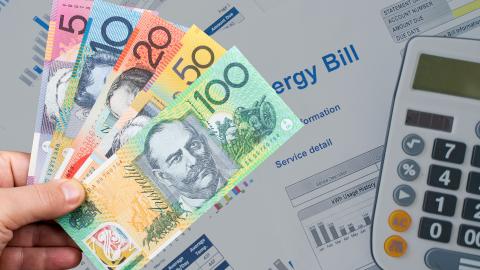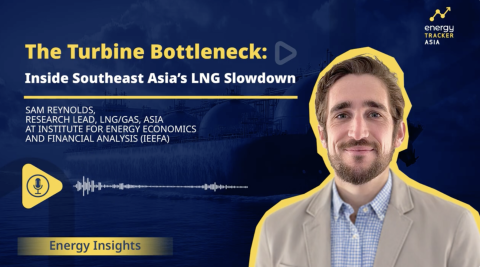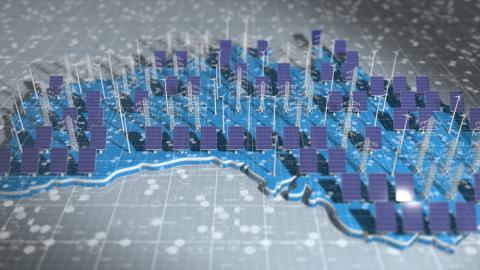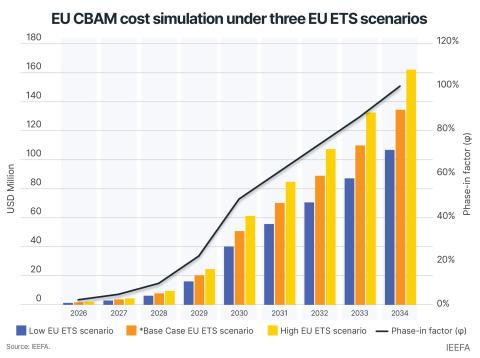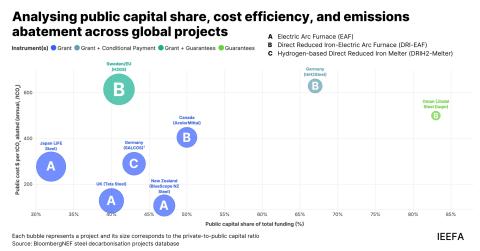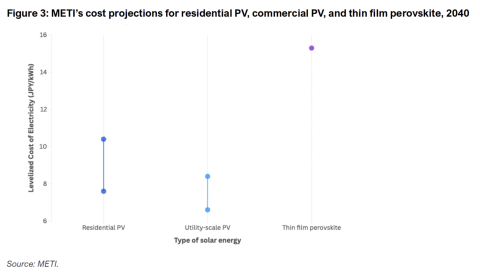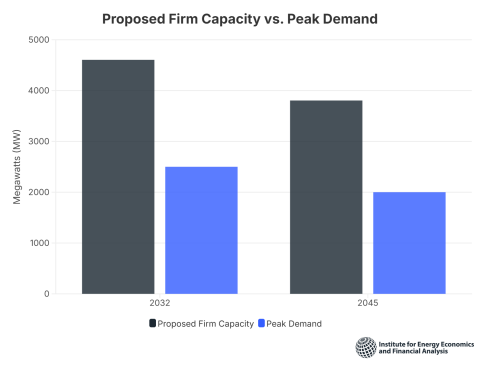Realizing Indonesia's ambitious renewable energy goals calls for a new approach
Download Briefing Note
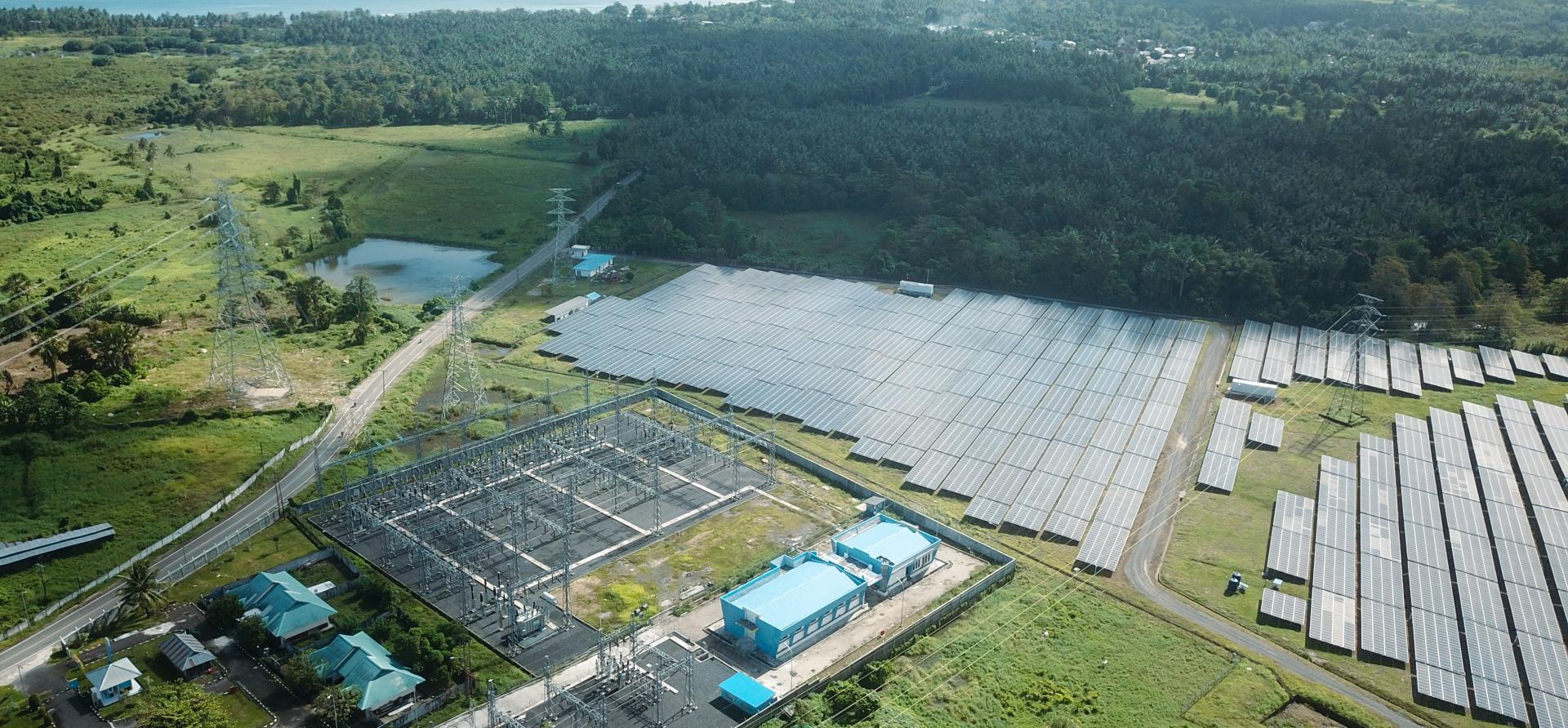
Key Findings
Indonesia aims to install 42.6 gigawatts (GW) of renewable energy by 2034, driven primarily by solar power additions. Over the past decade, the country has only added 717 megawatts (MW) of solar capacity. To meet its 75GW renewable energy goal by 2040, Indonesia needs to install 5GW annually for the next 15 years.
Indonesia’s current approach to renewable energy development through the state utility PT Perusahaan Listrik Negara (PLN) – based on individual proposals and bespoke contractual terms – has resulted in significant delays and few projects realized. A new approach is needed to manage the volume of projects required to meet national renewable capacity targets.
Successful large-scale renewable deployment requires facilitating investment by creating de-risked project sites with pre-planned connections to the national transmission grid, technically sound project preparation with transparent tender management, and centralized project contracting through a financially credible public authority.
Indonesia needs a new renewable project procurement infrastructure that, like a production line, can manage dozens of projects simultaneously, supported by external skilled professionals, standardized processes, and cross-organizational coordination with consistent results.
On 26 May 2025, Indonesia launched its latest Electricity Supply Business Plan (RUPTL) for the period 2025 to 2034. Under the RUPTL, Indonesia aims to add 42.6 gigawatts (GW) of renewable energy by the end of 2034. The plan contributes to the broader national long-term strategy, Golden Indonesia Vision 2045, which seeks to have 75GW of renewable energy operating by 2040. Solar generation is expected to constitute most of the envisioned renewable energy capacity.
Solar energy is the cheapest form of electricity globally. Indonesia’s strong solar irradiation and equatorial positioning makes it suitable for establishing fixed-axis mount solar panels. These are the easiest and quickest to install, allowing entire utility-scale solar farms (larger than 100 megawatts [MW]) to be implemented within months.
Yet, the development of Indonesian renewable energy projects has been chronically delayed. A marginal 0.2% of the country’s energy is sourced from solar. To achieve the vision for 2040, the pace of capacity additions needs to ramp up quickly from nearly zero now to around 5GW yearly. That is equivalent to establishing 26 of Indonesia’s largest solar farms, the 192MW Cirata floating solar project, every year for the next 15 years.
Despite solar being the cheapest solution to meet demand, these developments will still require billions of dollars in investment annually. As outlined in the RUPTL, the government expects most of these funds to come from the private sector, ideally through competitive processes coordinated by the public sector.
How can the government implement renewable energy projects rapidly?
There are successful examples of large, utility-scale deployment from countries worldwide. The key features of a rapid, large-scale, national procurement program include:
- Solar parks: Facilitating investment by creating de-risked project sites with pre-planned connections to the national transmission grid, ready for bidding
- Project preparation: Engaging in technically sound project preparation, commercially oriented bidding, and contracting, supported by consistent, transparent tender management
- Credible public contracting: Centralizing project contracting with a financially credible public authority charged with delivering results and value over long periods
This briefing note will provide examples of these program attributes.
Read the full Briefing Note.


